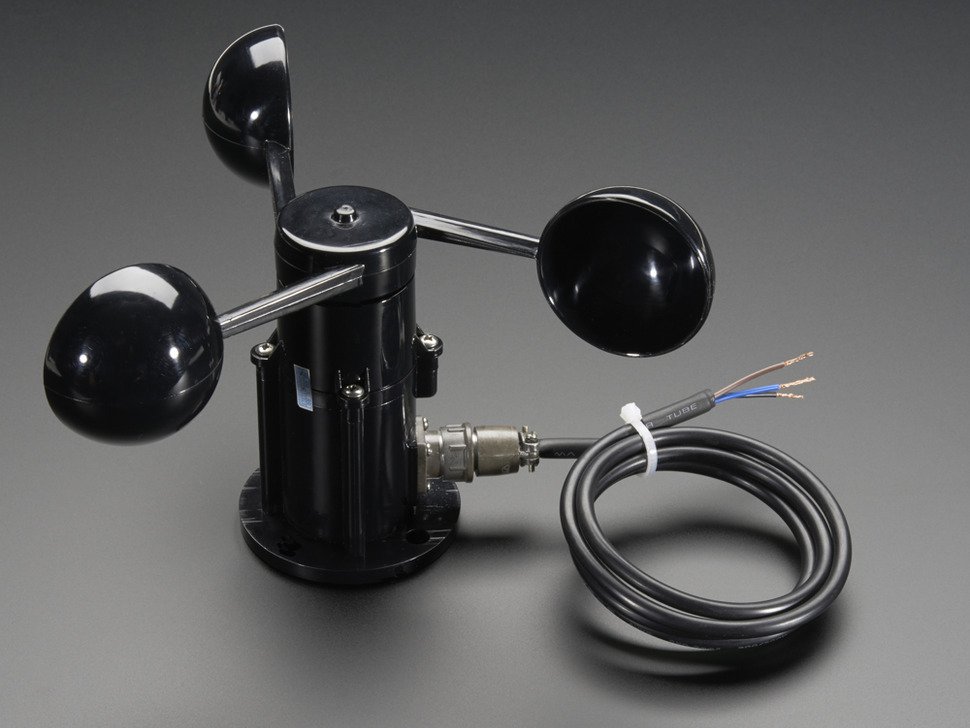How an Anemometer Can Boost Your Weather Surveillance System
How an Anemometer Can Boost Your Weather Surveillance System
Blog Article
Anemometers Unveiled: Understanding Their Value in Ecological Tracking and Safety And Security Procedures
The function of anemometers in ecological monitoring and precaution is typically ignored, yet their significance is indisputable. These tools have a long history rooted in clinical questions and technological developments, evolving to end up being essential devices in numerous areas. From meteorology to air travel security, anemometers play an essential duty in providing accurate information that notifies decision-making procedures and boosts overall safety. Comprehending the intricacies of anemometers reveals a world of crucial insights that are essential to our understanding of the setting and the steps we require to ensure safety and security.
Background of Anemometers
The evolution of anemometers can be traced back to the old civilizations where primary wind measuring devices were initial made use of. These early wind measurement devices laid the foundation for the advancement of more sophisticated anemometers with time. One of the earliest known anemometers was the hemispherical cup anemometer designed by Leon Battista Alberti in the 15th century. This design included 4 hemispherical cups that accumulated wind power, giving a measurement of its intensity based upon the speed of rotation.
In the 18th century, the prominent scientist John Thomas Romney Robinson presented the Robinson anemometer, which included 4 hemispherical mugs placed on horizontal arms that extended from a main axis. This design ended up being a requirement in meteorological dimensions because of its accuracy and reliability. Throughout the years, advancements in modern technology led to the growth of even more modern anemometers, including ultrasonic anemometers and laser Doppler anemometers, providing enhanced precision and effectiveness in determining wind rate and instructions. The background of anemometers showcases an amazing trip of development and progress in the field of meteorology.
Types of Anemometers
Throughout the field of meteorology, various kinds of anemometers have been developed to precisely measure wind rate and direction. Sonic anemometers utilize ultrasonic signals to determine wind speed and instructions properly. Hot-wire anemometers operate based on the principle that the cooling impact of wind on a heated cable is proportional to the wind rate.
Applications in Meteorology
Having gone over the numerous sorts of anemometers utilized in weather forecasting for gauging wind speed and instructions, it is necessary to explore their sensible applications in the area. Anemometers play an essential duty in weather forecasting by providing accurate and real-time data on wind problems (anemometer). Meteorologists utilize anemometers to check wind speed and direction to anticipate weather condition patterns, issue warnings for serious climate events like twisters, tornados, and typhoons, and assess climatic conditions for aviation safety and security
In weather forecasting, anemometers assist in recognizing regional and regional wind patterns, which are crucial for predicting weather condition modifications and figuring out weather trends. These tools are likewise used in research to study microclimates, metropolitan heat islands, and air contamination dispersion. Furthermore, anemometers are employed in farming to optimize plant administration methods, such as irrigation and pesticide application, based on wind problems.
Relevance in Air Travel Safety
An important aspect of making certain aeronautics safety depends click to find out more on the meticulous monitoring of wind problems utilizing anemometers. Anemometers play a crucial function in aeronautics by offering real-time information on wind speed and direction, aiding pilots in making informed decisions during landing, take-off, and trip. Unpredictable and solid winds can substantially influence aircraft procedures, making it vital for aviation authorities to count on exact wind measurements to guarantee the security of travelers and staff.

In the dynamic setting of air travel, where even minor adjustments in wind speed and instructions can have profound impacts, anemometers stand as indispensable devices for advertising safe and secure and safe air travel.
Duty in Environmental Study
Anemometers play a vital function in ecological research by providing vital data on wind speed and direction. By properly measuring wind qualities, anemometers aid scientists analyze the activity of pollutants in the air, evaluate the effect of commercial exhausts, and anticipate the spread of pollutants in the environment.


Verdict
To conclude, anemometers have played an important duty in environmental surveillance and security actions. With a rich background and numerous types available, these tools Home Page have actually been extensively used in weather forecasting, aviation safety and security, and ecological research. Comprehending the value of anemometers is crucial for properly measuring wind speed and direction, which is crucial for predicting weather condition patterns, ensuring secure aeronautics procedures, and performing environmental researches - anemometer. Their contributions to these areas can not be undervalued.
One of the earliest recognized anemometers was the hemispherical mug anemometer developed by Leon Battista Alberti in the 15th century. Over the years, improvements in innovation led to the development of more modern anemometers, consisting of ultrasonic anemometers and laser Doppler anemometers, offering boosted precision and effectiveness in gauging wind speed and instructions. Hot-wire anemometers run based on the concept that the cooling result of wind on a warmed cable is symmetrical to the wind rate. Meteorologists use anemometers to keep an eye on wind speed and direction to anticipate climate patterns, concern warnings for severe climate occasions like hurricanes, tornadoes, look at this web-site and tornados, and examine atmospheric conditions for aeronautics security.
Understanding the relevance of anemometers is vital for precisely determining wind rate and direction, which is essential for forecasting weather patterns, making sure safe aeronautics procedures, and conducting ecological studies. (anemometer)
Report this page